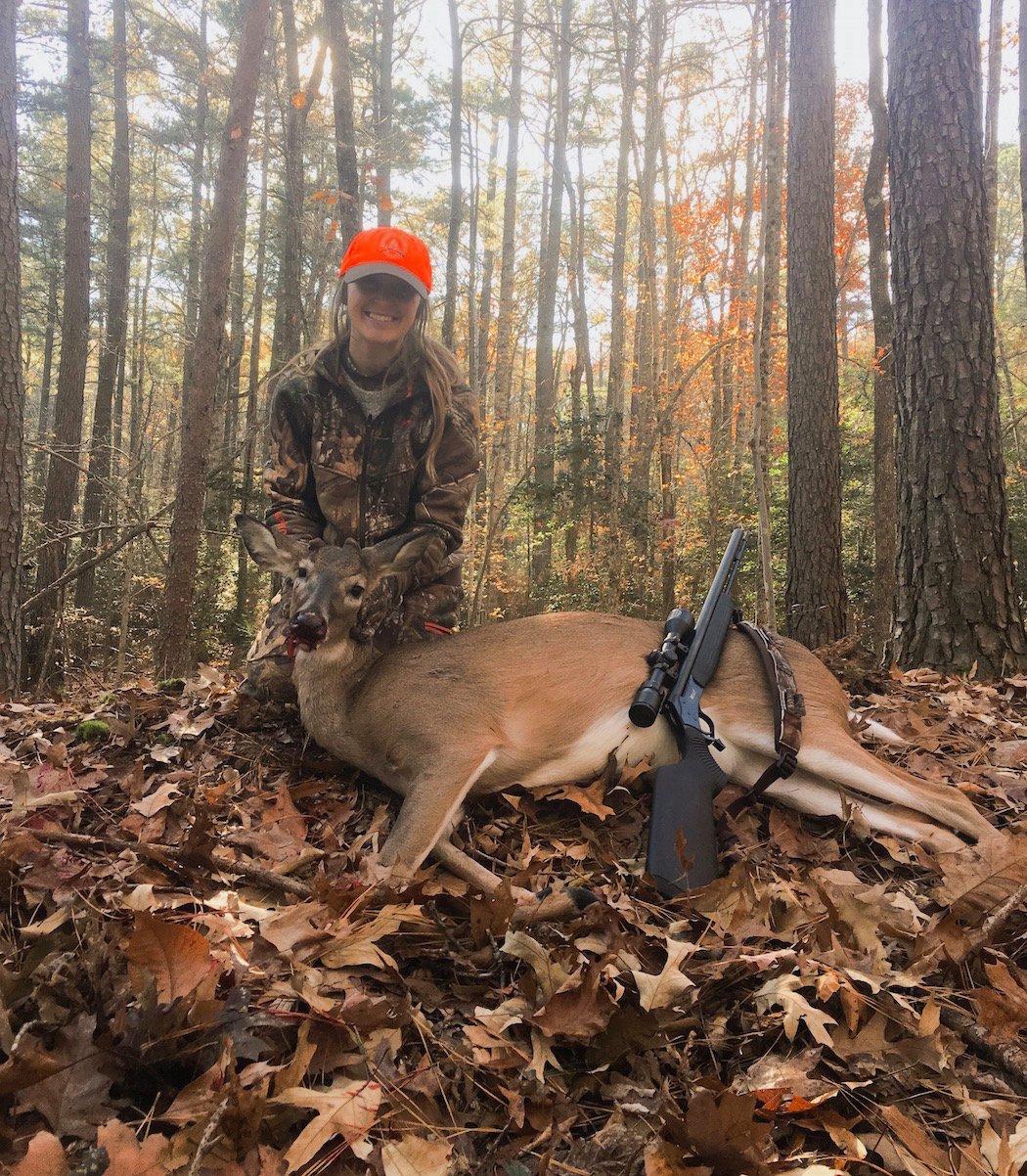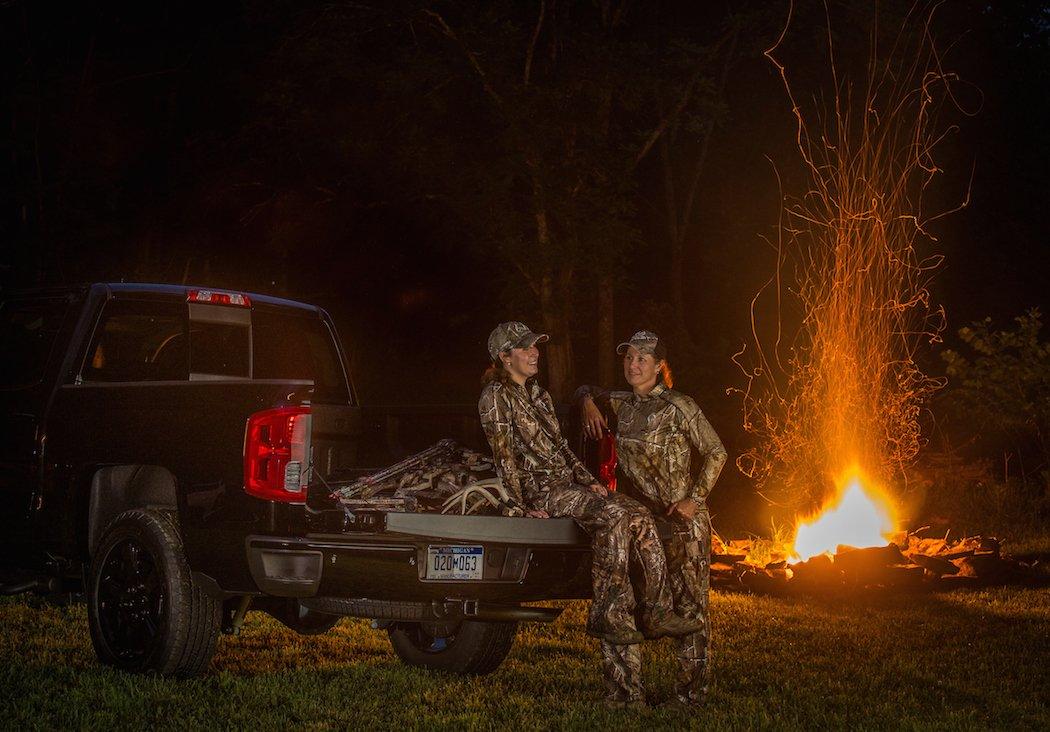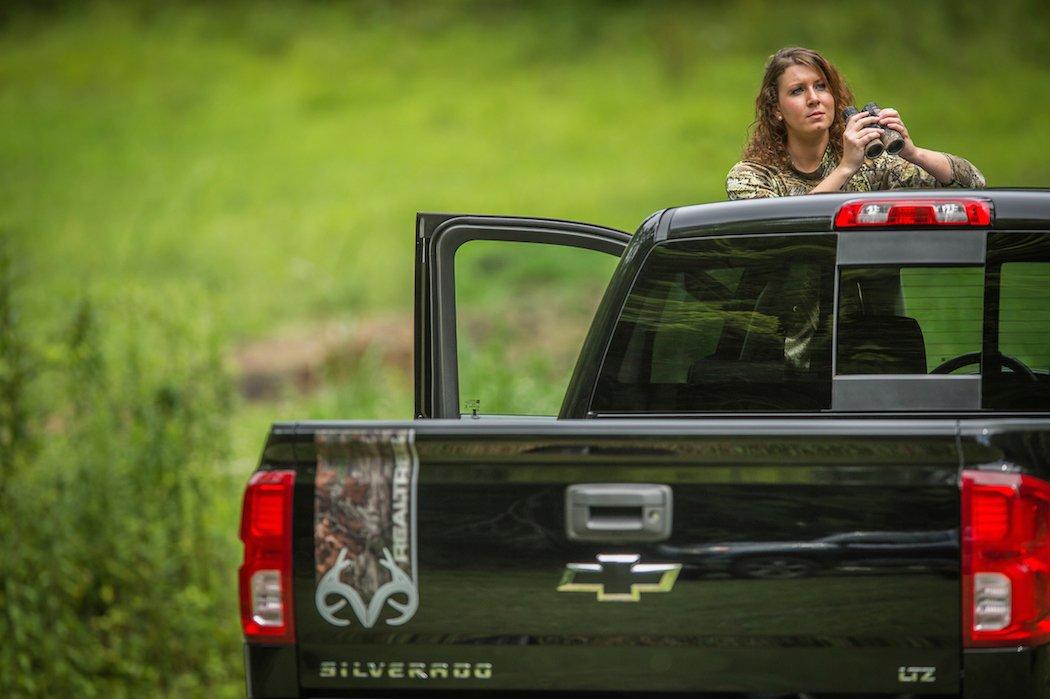Have You Noticed the Changes?
Cultural evolution has a presence in deer hunting. Whether in a retail store or on a social media platform, it is inevitable to encounter a woman being promoted by the hunting industry. Sometimes she will be shooting the next rifle you should purchase. Other times she might be showing her favorite mineral lick to use. Women are the fastest-growing demographic in the hunting industry, with white-tailed deer being the most common type of game pursued by females.
Traditionally, women have not been a major stakeholder or primary participant in the hunting industry. Deer hunting has been a male-dominated pastime, and women rarely made an appearance in the treestand.
But women involved in hunting and shooting sports is not a new trend. Annie Oakley, the sharpshooter, trapper and hunter from Ohio during the 19th century, and Paulina Brandreth, a sporting enthusiast and outdoor writer from the 19th century, are among the most favored female hunters who marked history. Since then, the evolution of society has embraced the female hunting trend in the deer hunting culture. Though we are facing a stage when deer hunting is gradually dwindling, the female demographic is steadily rising.
Why Women Deer Hunt Today
Despite the common impression of a woman's presence in deer hunting, there have been females who don't know another lifestyle other than hunting for deer meat. It's an instilled heritage, and where they find the purpose to sustain themselves.
Hannah Barron is a 22-year-old who grew up in the bottomlands of Alabama. She hunts, traps and cleans every game species legal to harvest with her father since she was old enough to walk.
It was never any different for my dad to do it than for me to do it, Barron said. I was cleaning deer way before I ever killed one. I'd get all fired up and say, 'Daddy killed a deer! Let's go clean something!'
Barron harvested her first deer at eight years old, and particularly enjoys deer hunting the most. The challenge to hunt them and the process from the field to the table make the activity her favorite.
Deer are smart, she said. If you can kill a deer in the Southeast, you can outsmart anything in the whole world. I think they taste the best, too.
Deer hunting has seen a rise in female participation because it is the most common type of hunting to pursue, especially for beginners and new hunters. Deer hunting is legal in almost every state, making it easy for new hunters to get involved because of the accessibility and minimal requirements to deer hunt.
A report from Southwick Associates, a market research, statistics, and economics firm that specializes in the hunting, shooting, sportfishing, and outdoor recreation markets, outlines the trends of females in hunting.
Rob Southwick, CEO of Southwick Associates, says that the increase of deer hunting by females over the past decade is a result of generational differences. Millennials and Generation C are changing the culture of the role of women by being more social and participating in things that women used to not do traditionally.
This generation is all-inclusive. The younger generations feel more welcome to certain activities, Southwick said. He added that women participate more for social reasons, and that people 35 and under are generally more apt to try new activities for the experience.
This can be good and bad because it means they won't stick to an activity for long, he said. Though women have the highest rate of growth in deer hunting, they also have the highest rate of dropping out.
For the industry, we want them to keep hunting, Southwick said.
While an increase in female deer hunters is significant, hunter numbers for other game species has not seen an increase. Women are jumping right into hunting deer and have rarely been introduced to other types of hunting, such as small game. Without dynamic opportunities in the field, the generation that is energetic for new experiences might be growing fatigued of the same routine to the deer stand.
Barron does not expect to grow weary of deer hunting, though. She says that deer hunting is unique because the results are always different.
With deer, you never know what you're going to get, she said. It's something I'll do until the day I die. I just got a lifetime hunting license as my graduation gift. It's what I wanted.
Don't Miss: Woman Has Great Reaction to Killing Her First Deer
Female Deer Hunters and Media
The hunting industry is changing simultaneously with society to keep up with the changing interests and behaviors accepted (or not) by the non-hunting community, whether to draw new audiences or to portray the sport more favorably. Deer hunting is the most prevalent type of hunting on social media.
Southwick says that women might be more attracted to deer hunting by what they see on social media. Social media is the realm of trophy hunting. Hunting is easily illustrated to be a trophy-only sport because of the content that is shared by users. More frequently, hunting content consists of big antlers rather than the message of natural sustainability.
However, Southwick says that the media keeps attention on hunting throughout the year during the closed seasons. Despite the expressed interest of the younger generation, the hunting industry is desperate for more involvement because the future of deer hunting still has an alarming future. Consistency is the solution to grow deer hunter numbers.
The media keeps people excited and we are less likely to lose people when they talk about it year-round, he said.
It's important that the hunting community portrays deer hunting in a tasteful image by relaying a positive message about hunting to the non-hunting community because of the influence that social media has on users' perspectives.
A Female Hunter's Contribution to Wildlife Conservation

The growth of women in hunting contributes to the growth of funding for research and continued maintenance of all species, game or non-game. Dollars from hunters contributes to the maintenance of non-game species as well. Hunters are the largest component of wildlife conservation funding to benefit consumptive and non-consumptive users.
The female demographic in the deer hunting culture is an encouragement that hunting is not a stereotypical activity. This is an important phenomenon as the need for involvement in the hunting industry grows. We must not relax our efforts to recruit and keep them involved in deer hunting because deer hunting and big game licenses are the largest component of money allocated to state wildlife agencies. When the tradition thrives, deer thrive. State agencies depend on hunter participation to perform their work. The industry is relying on women to meet the needs of our most important heritage.
Don't Miss: 12 Mistakes Men Make When Hunting with Women
Are you a deer hunter wanting to learn how to accomplish your goals? Check out our stories, videos and hard-hitting how-to's on deer hunting.








